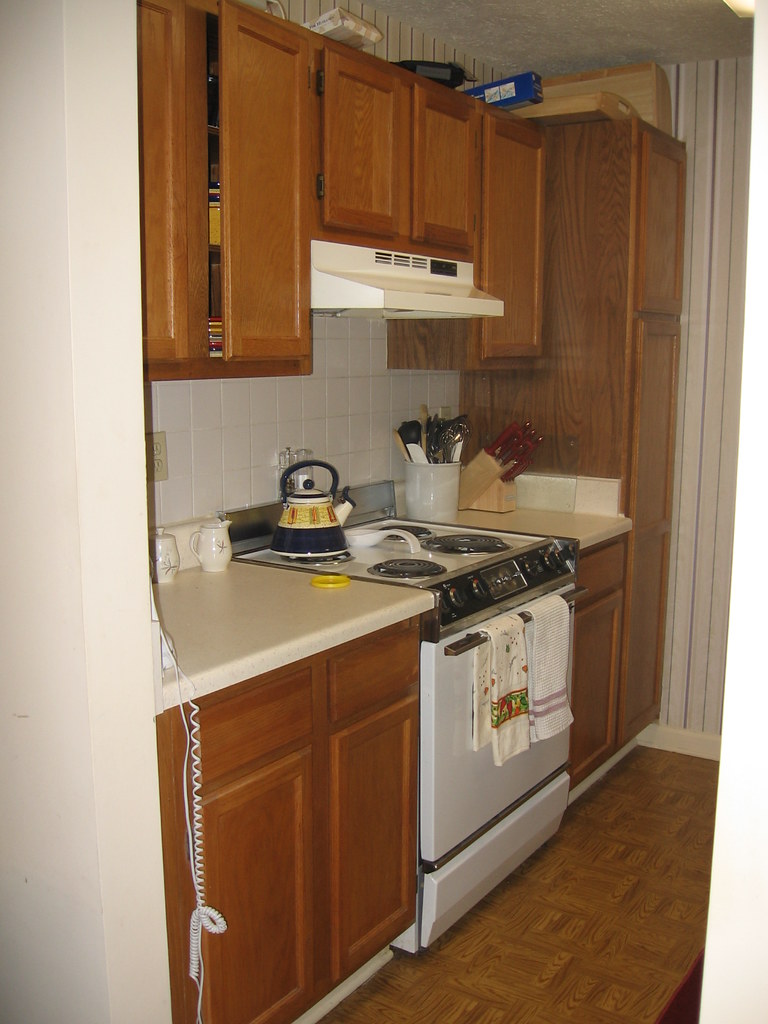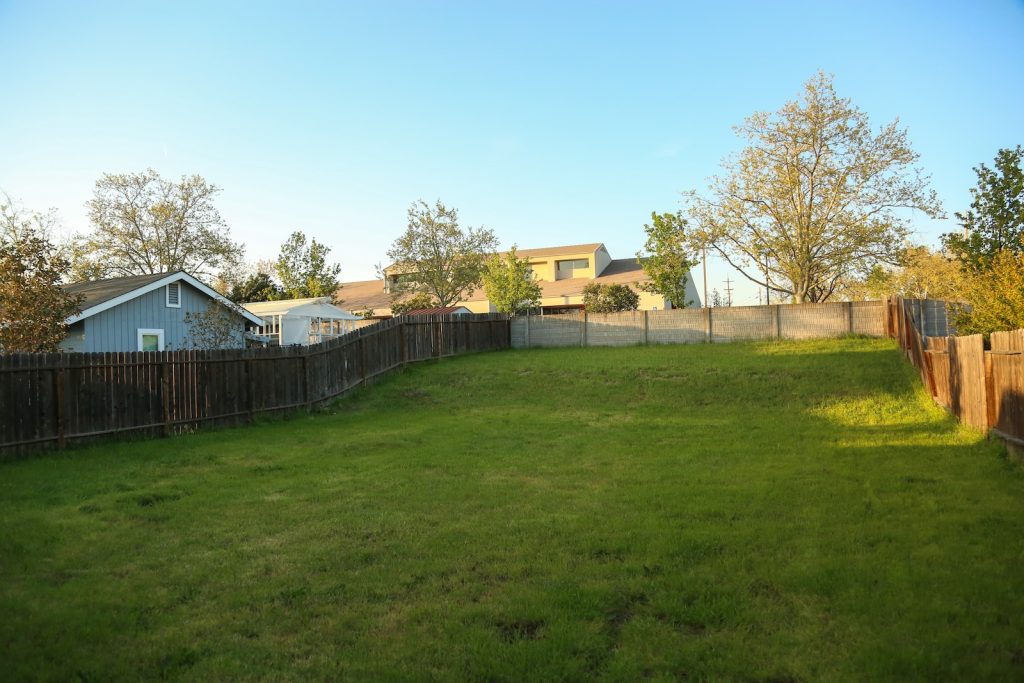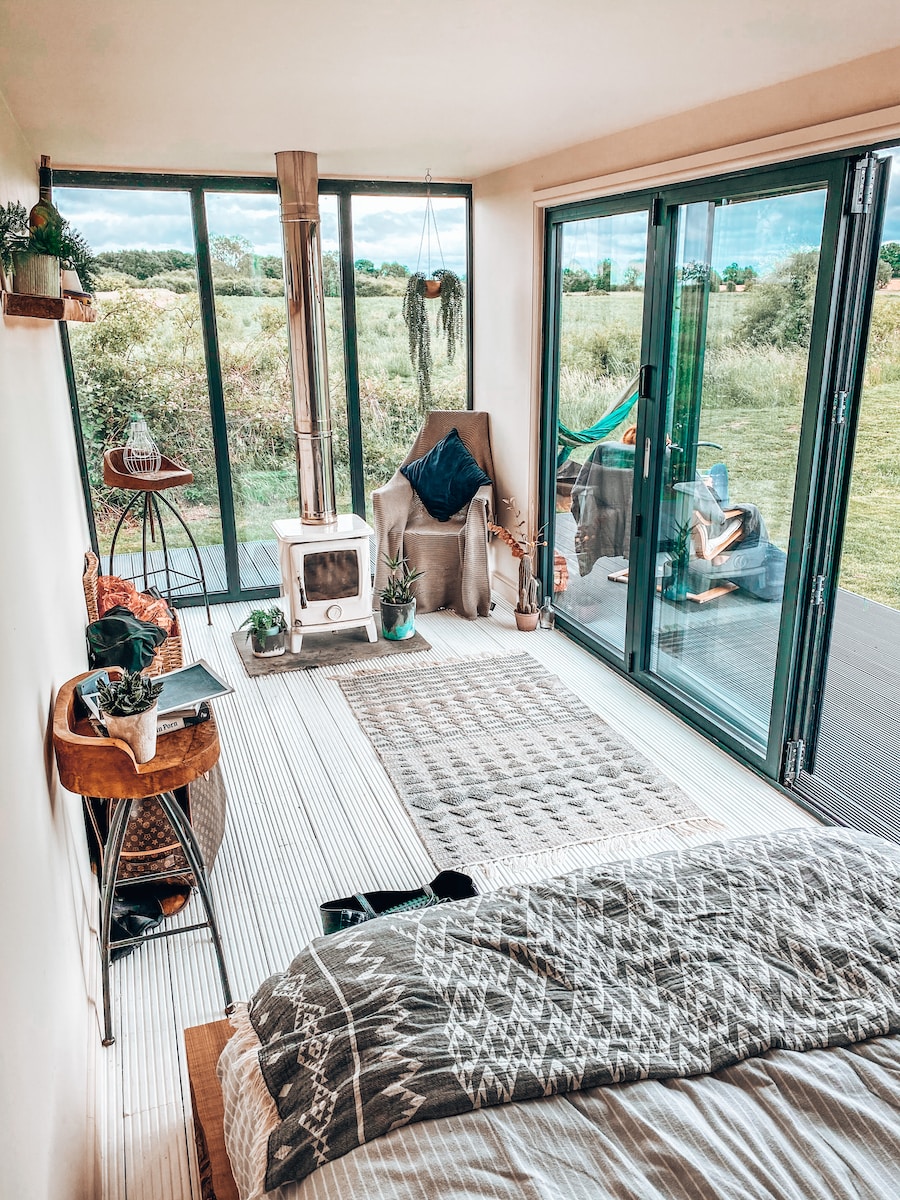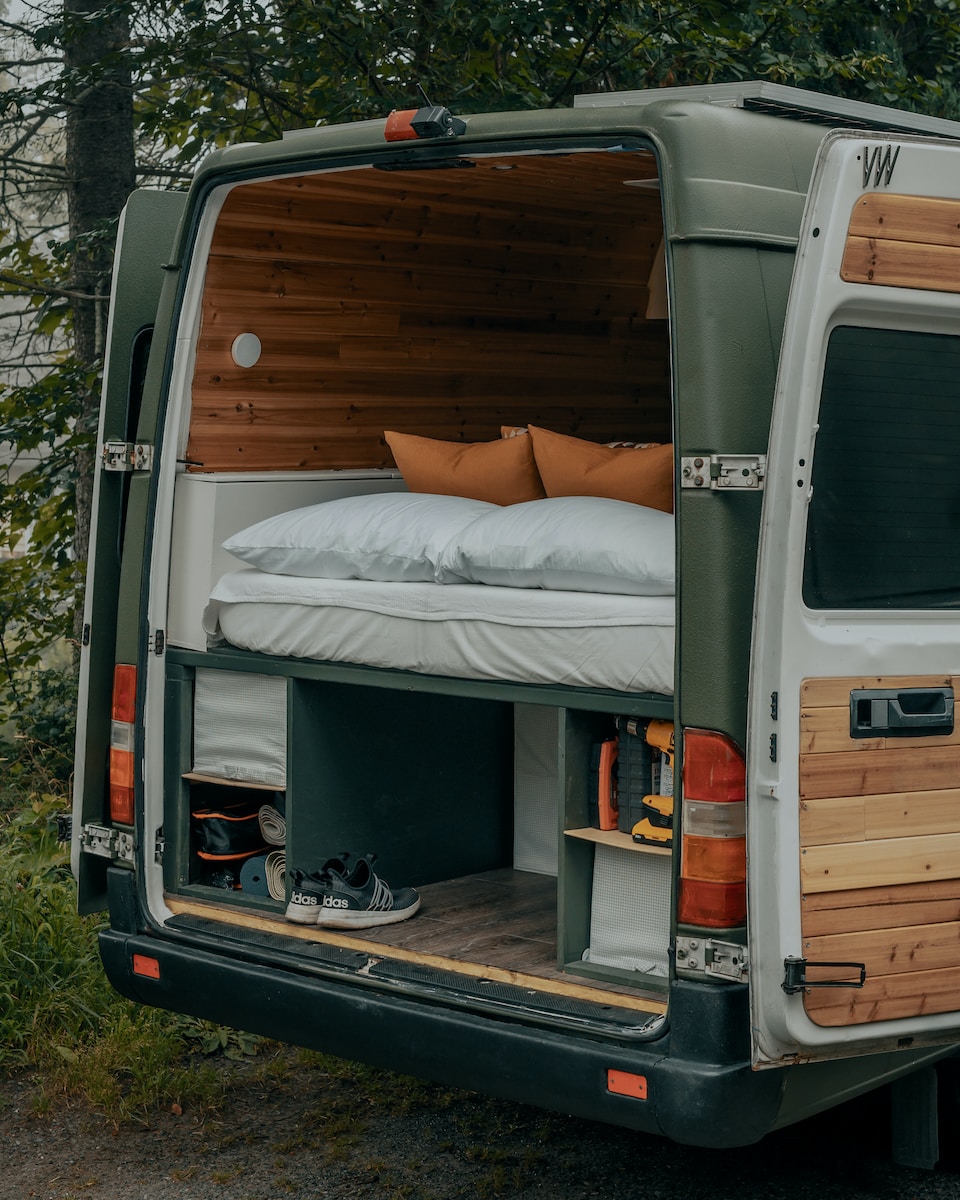Hello, fellow container home enthusiasts! I’m Emily Owens, your trusty guide in the world of container home living. Over the past four years, I’ve explored the ins and outs of this unique and eco-friendly housing trend. While there’s no denying the many perks of living in a container home, it’s not all smooth sailing. Today, we’re going to dive headfirst into some of the common challenges that you might encounter while living in one of these metal marvels.
Space Constraints: Think Inside the Box
Let’s start with the obvious: container homes aren’t exactly sprawling estates. These steel boxes have limited square footage, which can be both a blessing and a curse. The minimalist lifestyle it enforces can be liberating, but it can also feel a bit cramped, especially if you’re used to more spacious living.
Example: Imagine trying to fit all your worldly possessions into a 320-square-foot container. Your shoe collection might need some downsizing, and that massive sectional sofa might have to go!
Temperature Control: The Battle of the Elements

Containers are made of metal, which makes them vulnerable to extreme temperature fluctuations. In the summer, your container might turn into an oven, while in the winter, it can feel like an icebox. Efficient climate control is essential, but it can be challenging to achieve.
Example: One sweltering summer day, I forgot to close the blinds, and my container felt like the inside of a furnace. On the flip side, during a particularly chilly winter week, I had to wear three layers of clothing indoors just to stay warm.
Insulation Issues: Keeping the Elements at Bay
In addition to temperature control, insulation can be a significant headache. Proper insulation is vital for maintaining a comfortable living environment, but the thin walls of a container can be a tricky canvas for insulating.
Example: I learned the hard way that inadequate insulation can lead to condensation forming on the interior walls. It’s not fun discovering moldy patches on your beloved container home’s walls.
Permits and Regulations: Navigating the Legal Maze
Container homes occupy a unique place in the world of housing regulations. While they’re gaining popularity, many municipalities are still figuring out how to classify and regulate them. This can lead to a frustrating journey through a bureaucratic maze when trying to obtain the necessary permits and approvals.
Example: When I first embarked on my container home adventure, I had to deal with zoning boards, building inspectors, and code enforcers who had never encountered a container home before. It was like trying to explain quantum physics to a goldfish!
Limited Customization: The “Box” in “Boxed Living”
Container homes have a distinct look, and while some people find that industrial aesthetic charming, it might not be everyone’s cup of tea. The rigid structure of a container can limit your design choices, making it challenging to create your dream home.

Example: I once had a grand vision of a sprawling, open-concept kitchen, but the container’s dimensions forced me to rethink my dream. Instead, I had to embrace the cozy galley-style kitchen that fit within the container’s constraints.
Noise and Privacy: Echoes in the Metal Box
Containers can be noisy. Rain sounds like a symphony on the roof, and the echo within the metal walls can amplify even the smallest sounds. Privacy can also be an issue, as the thin walls don’t provide the same acoustic barriers as traditional homes.
Example: Picture this: a thunderstorm rages outside, and the sound of raindrops hitting the roof fills every corner of your container. Meanwhile, your neighbor’s loud music blares through the walls like they’re right there with you.
Ventilation Challenges: The Need to Breathe
Proper ventilation is crucial for any home, but achieving it in a container can be challenging. Without adequate ventilation, you risk poor air quality, moisture buildup, and the dreaded stale container smell.
Example: One summer, I went on vacation and left my container sealed up tight. When I returned, I was greeted by a musty odor that took days to air out. Lesson learned: ventilation is non-negotiable!
Maintenance: Rust Never Sleeps
Containers are made of steel, and steel rusts. The exterior of your container home is continually exposed to the elements, and without proper maintenance, you might find yourself dealing with unsightly rust spots.
Example: I once neglected to inspect and repaint the exterior of my container regularly. The result? A battle against rust that felt like a never-ending game of whack-a-mole.
Limited Outdoor Space: Yard Envy
Container homes typically come with limited outdoor space. If you’re a gardening enthusiast or love hosting outdoor gatherings, this can be a challenge.

Example: I adore gardening, but with my small container home lot, I had to get creative. Vertical gardens and potted plants became my green companions, turning my limited space into a lush oasis.
Dealing with Critics: Naysayers Beware!
Living in a container home can be unconventional, and not everyone understands or appreciates the appeal. Be prepared for raised eyebrows, questions about your sanity, and well-meaning (or not) advice from friends and family.
Example: My own mother couldn’t wrap her head around my choice of dwelling. She’d frequently ask, “Are you sure you’re not just roughing it?” To which I’d reply with a knowing smile, “I’m as comfortable as can be!”
In Conclusion: Embracing the Container Lifestyle
While container homes certainly have their challenges, they also offer a unique and rewarding way of life. Over the years, I’ve learned to embrace the quirks and tackle the challenges head-on. With a little creativity, adaptability, and a sense of humor, living in a container home can be an incredibly fulfilling adventure.
So, to all my fellow container dwellers and those considering the leap, don’t let these challenges deter you. With the right mindset and a willingness to think inside the box (pun intended), you can turn your container home into a cozy, efficient, and environmentally friendly haven. Just remember, the challenges are all part of the adventure, and every setback is a stepping stone to container home nirvana!
Happy container living, my friends!





















Find Us on Socials